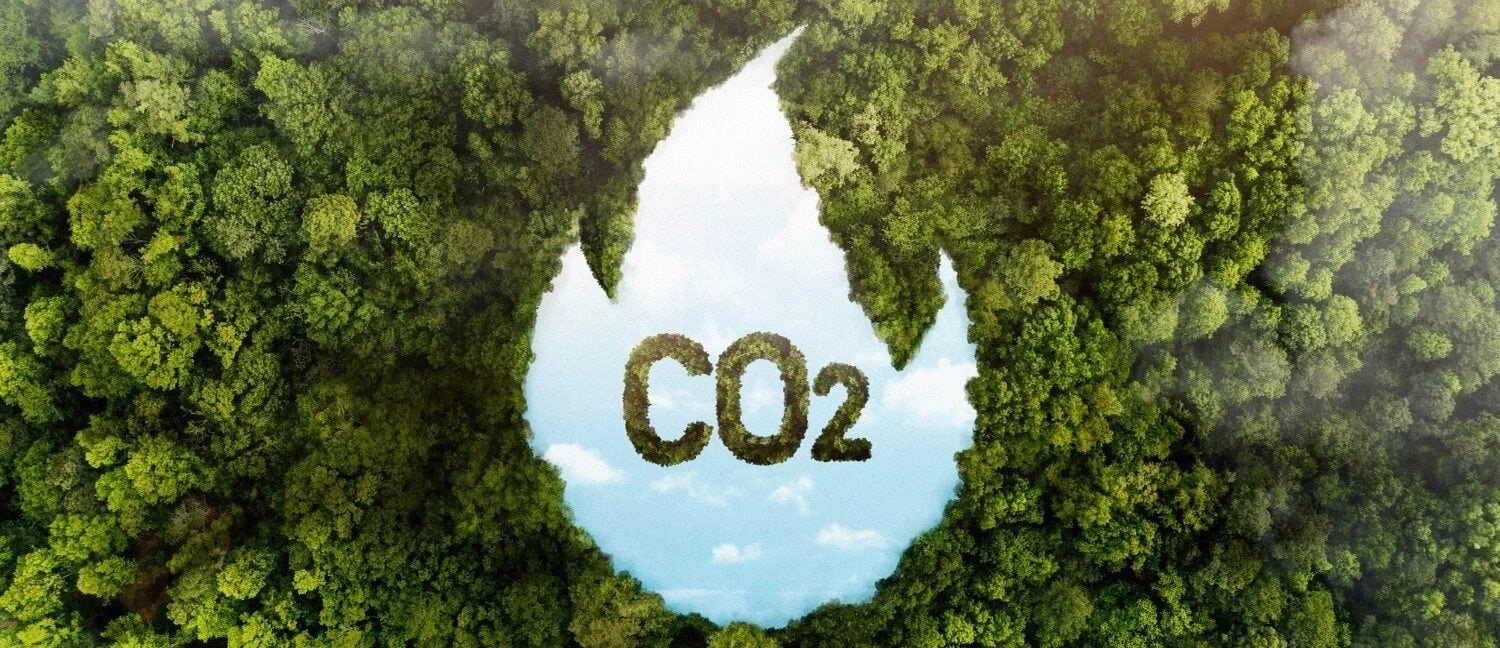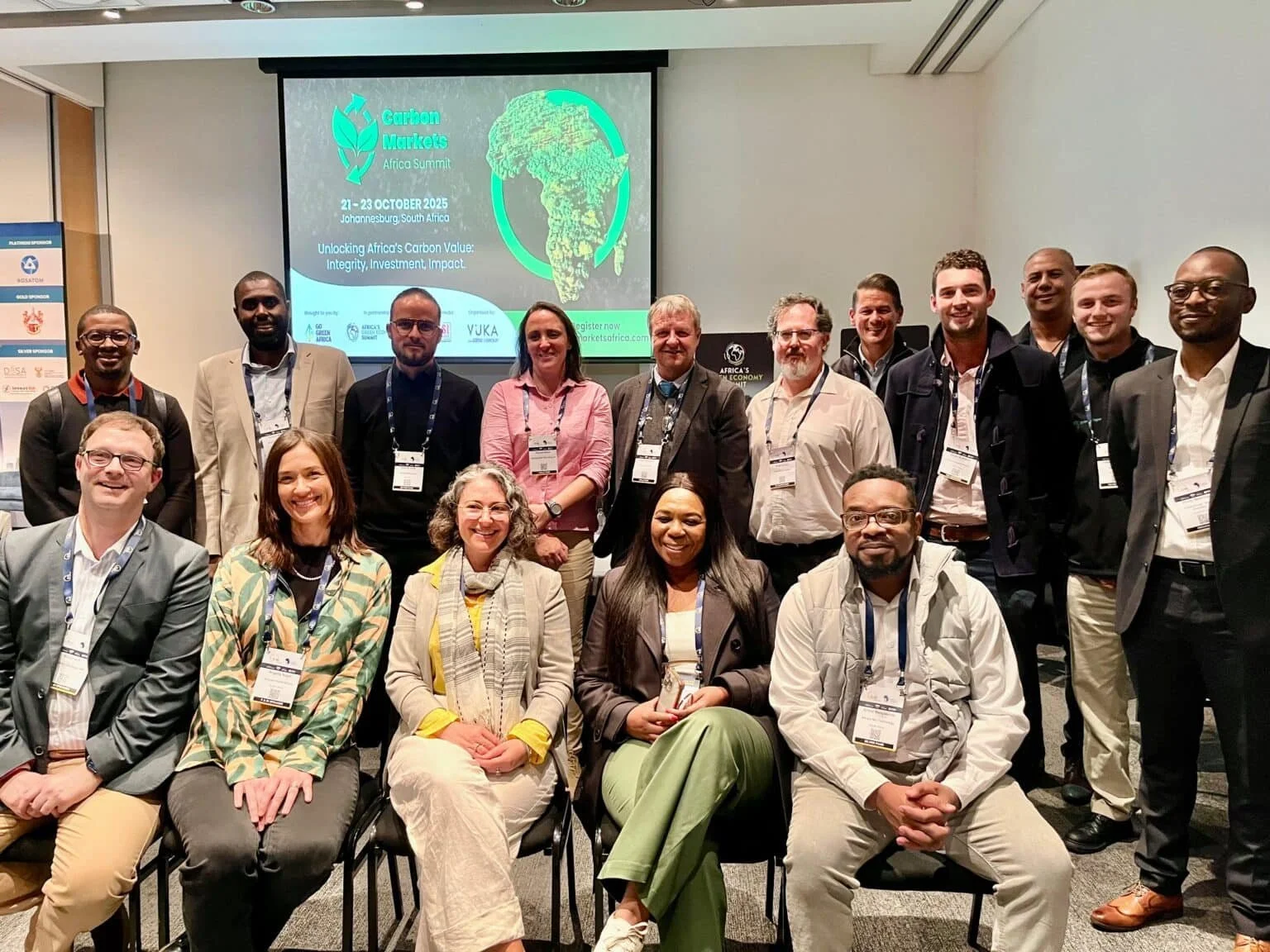Carbon credits: “Hard work, grit and determination” required
“Africa currently realises only around 2% of its annual potential of carbon credits.”
– UNECA report, 2022
“I suppose now would be a good time to tell you that this is not where you’re going to get rich quickly,” was the warning issued by Olivia Tuchten, Principal Climate Change Advisor at Promethium Carbon recently while leading a carbon credits roundtable at Enlit Africa in Cape Town.
She added: “Sorry, let me burst that bubble immediately. There are commercial opportunities in this space and opportunities to be profitable, but it takes a lot of hard work, grit and determination. You will find unicorns in this space, but mostly the people who make it, have made it through blood, sweat and tears.”
The roundtable was well-attended with a wide variety of interested attendees whose knowledge of carbon markets varied from being experts, to those who admitted not knowing anything at all, but who were keen to find out whether their work in the energy space (for example, project developers and solar power installers) could qualify for carbon credits.
“So this is a very rules-based system,” Olivia stated, as she explained the extended process of checks and validations by independent parties before a project can be registered in the compliance market.
A long process
During the roundtable, two project developers who are successfully developing carbon projects in South Africa also shared their experiences and advice.
Brigette Nagel, Carbon Project Developer at Anthesis leads the company’s first large-scale renewable energy project to be registered in South Africa and which is on the verge of being commissioned.
Based in the Northern Cape, the development consists of a 250-metre high solar receiver tower that absorbs thermal energy from the sun and then stores this energy in the form of molten salts. The salts are then pumped into a subcritical steam turbine, and that’s how it is converted into electricity, which then feeds into the South African grid. This project can power approximately 200,000 homes, and it can also provide power when the sun’s not shining, and it can store power for up to 12 hours.
“It’s been a long process,” said Brigette, “the registration process with Verra, it’s under VCS, the Voluntary Carbon Standard, has also been quite a long process, but we are almost there and hoping to get it registered.”
Anthesis recently achieved another milestone with its pioneering AgriCarbon carbon farming programme, becoming the first carbon farming initiative in Africa to achieve registration and carbon credit issuance under Verra’s VM0042 Agricultural Land Management methodology. [Read exclusive interview with Brigette Nagel here.]
Money on the table
Dr Marco Lotz of Carbon Disclosure South Africa explained how smaller companies too can get a piece of the carbon pie: “There’s just so much money left on the table for smaller carbon credit projects, which are so difficult to group and actually capitalize on.”
He continued: “I decided to put my money where my mouth is, and in July 2023, I formally started a project for distributed solar installation. So, any solar installation in South Africa smaller than 15 megawatts and that exports less than 50% of its electricity to the grid can participate. The project went through validation with a lot of grace, that was the first audit, and we were registered in November 2024. So for two and a half years, I just kept quiet and did the work, and I did it with my own money.”
He adds: “So now we’ve got this project, and we can say there’s money on the table. If you’ve got a solar installation in South Africa, under certain conditions, we’ll do all the work at risk, and we’ll come back with some money for you.”
Not enough credits to make Sasol happy
Carbon markets expert Olivia Tuchten said the South Africa carbon market is “protected from some of the shocks that happen externally with the geo-politics and broader issues around perhaps pricing. We’ve got a much more contained, regulated carbon tax market.”
She continued: “While there’s also this growing voluntary market, certainly the carbon tax market is a safe place to be. It’s not at the highest of prices, it’s not the easiest market to get into, but it’s got a couple of things that make it very attractive for project development.”
Heavy emitters, such as Sasol or mining, steel or cement companies are allowed to offset their carbon tax liability between 5%–10% percent of South African carbon offsets. “These are carbon credits that already meet all the rules of the carbon programme and the auditors,” Olivia explained, “And that’s amazing, because we have a regulated price for our carbon tax. So, number one, we have a price certainty. Number two, our demand for carbon credits currently far outweighs our supply. So already, the market dynamics are really working in our favour.”
According to Tuchten, Sasol is almost a guaranteed off-taker, although “this will not last forever. But at the moment, we just don’t have enough carbon credits to make Sasol happy.” She estimated what someone can expect to pay for a carbon credit in the South African carbon tax market currently: “We know that Sasol will pay about 80% of the carbon tax rate every year. So at the moment, our South African carbon tax rate is R236, so 80% of that is just under R190.”
The right thing to do
On the role that carbon credits could play to channel finance to climate change-mitigating projects on the continent that are not financially viable yet, Tuchten said “in many ways, it’s the right thing to do. We’re in a climate crisis. Carbon credits represent a flow of finance to projects to make them financially attractive, not necessarily bankable yet, but these projects do need a jump start, which is where carbon credits come in.” [For more in-depth insights, read an exclusive interview with Olivia Tuchten here.]
Image: Carbon credit roundtable attendees at Enlit Africa, May 2025.
This article first appeared in the Green Economy Express newsletter, published by Africa’s Green Economy Summit.


